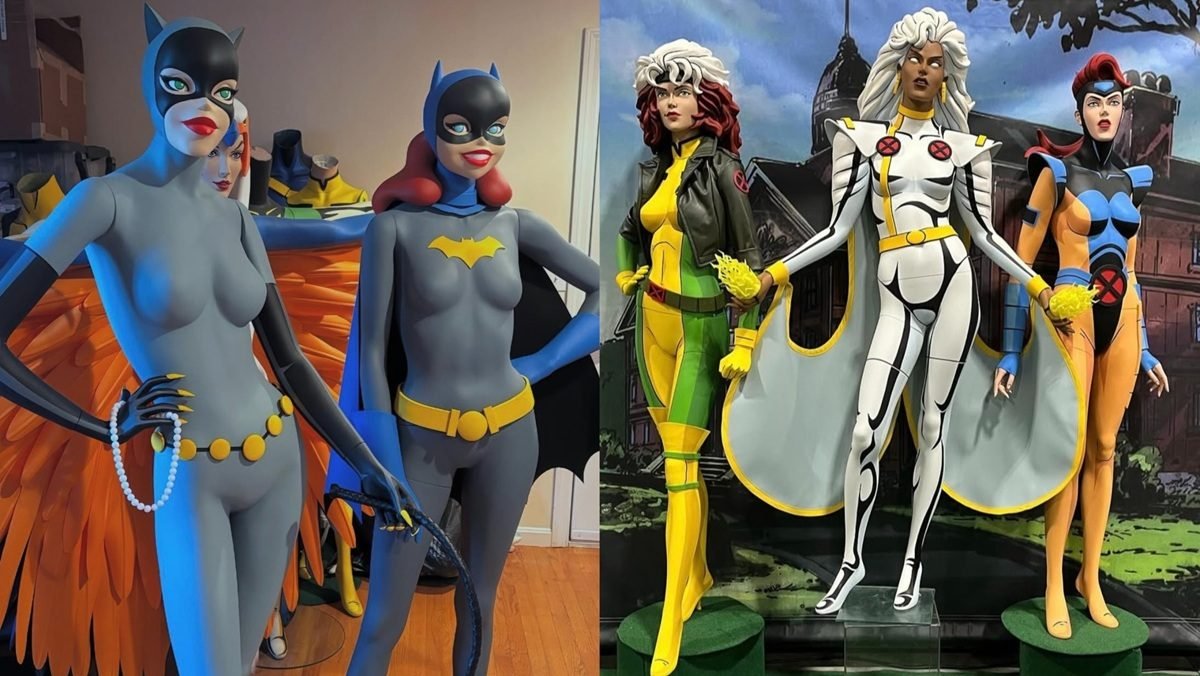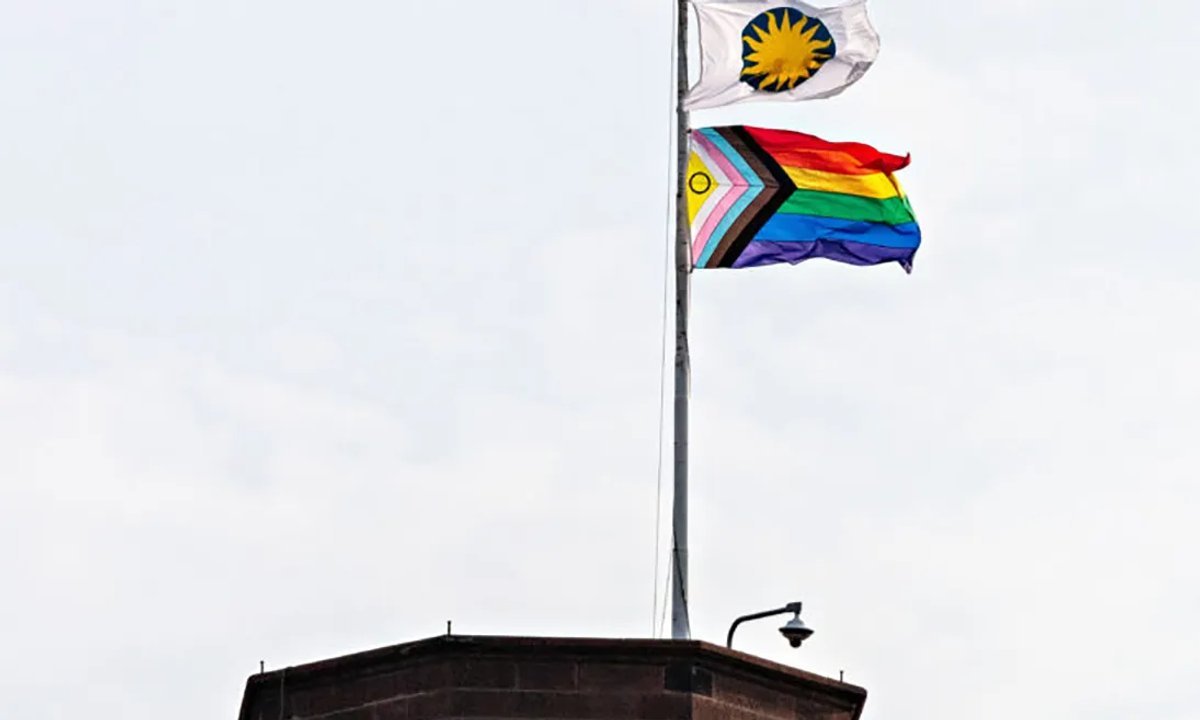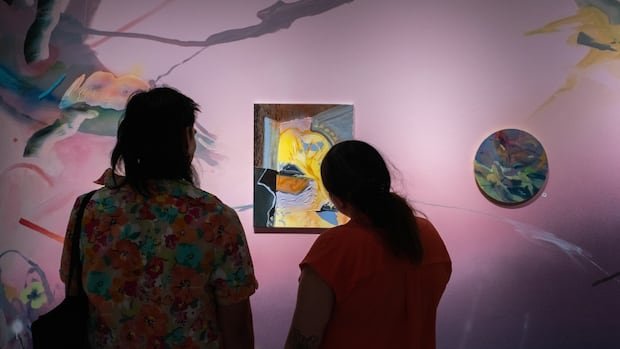Every May 15 for the last 76 years, Palestinians around the world commemorate the Nakba (Arabic for “the catastrophe”), during which 750,000 Palestinians were permanently displaced from their homelands as a result of the establishment of the State of Israel. During this mass exodus, the ancient embroidery practice known as taṭrīz or tatreez became an invaluable way for Palestinians to preserve their history and culture.
In the last seven months, amid Israel’s relentless attacks on Gaza, many have engaged in and revived the shared practice. In November, artist Maya Amer used the embroidery as a way to visualize the more than 8,000 Palestinians who had been killed by Israeli airstrikes at that time. Others led the collaborative project Tatriz for Palestine to honor the civilians killed by the Israeli military in Gaza. Today, the death toll in the Gaza Strip has risen to more than 34,904.
Zain Masri, now based in Dubai, was first introduced to the practice as a child while visiting her grandmother in Jordan. Decades later, when she reconnected with the art form during the pandemic, she quickly realized that there was an urgent need for accessible, high-resolution, and simple taṭrīz patterns in the international embroidery community and Palestinian diaspora.
To address this issue, Masri launched the Tirazain Initiative last summer — a free online searchable library available in English and Arabic containing digitized patterns for more than one thousand taṭrīz motifs.

In addition to accessing resources that trace the cultural significance and history of the art practice, users can explore patterns in the database by filtering search results based on subject matter, places of origin, and project duration.
“Taṭrīz motifs are rich in symbolism and meaning,” Masri told Hyperallergic last August, adding that symbols depicting flora and fauna, geometric shapes, and everyday objects are rooted in connections to land, nature, and community stories, serving as a “visual language” for Palestinian storytelling. Some of the most common motifs are inspired by Palestinian plants and wildlife, such as the cypress tree, the palm tree, and leeches. Other frequent insignias include geometric squares, chevrons, and eight-pointed stars.

Dating back 3,000 years, the intergenerational art form consists of patterns and symbols hand-stitched with naturally dyed threads onto clothing, including loose-fitting dresses known as thobes, veils, trousers, jackets, and headdresses, as a way to identify one’s regional homeland, familial lineage, economic position, and marital status. While women living in rural villages originated the practice, it has since spread and evolved across the Palestinian cultural landscape, serving as an important reflection of heritage and history. In 2021, UNESCO added the embroidery practice to its Representative List of the Intangible Cultural Heritage of Humanity.
Masri told Hyperallergic that she hoped the digital library would help provide “a platform for Palestinian women to share their work and to connect with other taṭrīz enthusiasts,” as well as promote the art form across cultures and communities.

“Before 1948, taṭrīz was a thriving tradition in Palestine and every region had its own unique motifs,” Masri said, explaining how those displaced by Israeli settlers during the Nakba used it to preserve Palestinian culture and identity.
The craft became a symbol of Palestinian perseverance and resistance, unifying members of the diaspora through brightly colored threads documenting their family history and heritage. It also transformed as Palestinian refugees migrated to other parts of the world and began exchanging cultural practices with other communities, developing new styles of cross-stitches and experimenting with different thread and fabric color combinations.
“Today, taṭrīz is a reminder of the resilience of the Palestinian people, and their determination to preserve their traditions,” Masri said.






